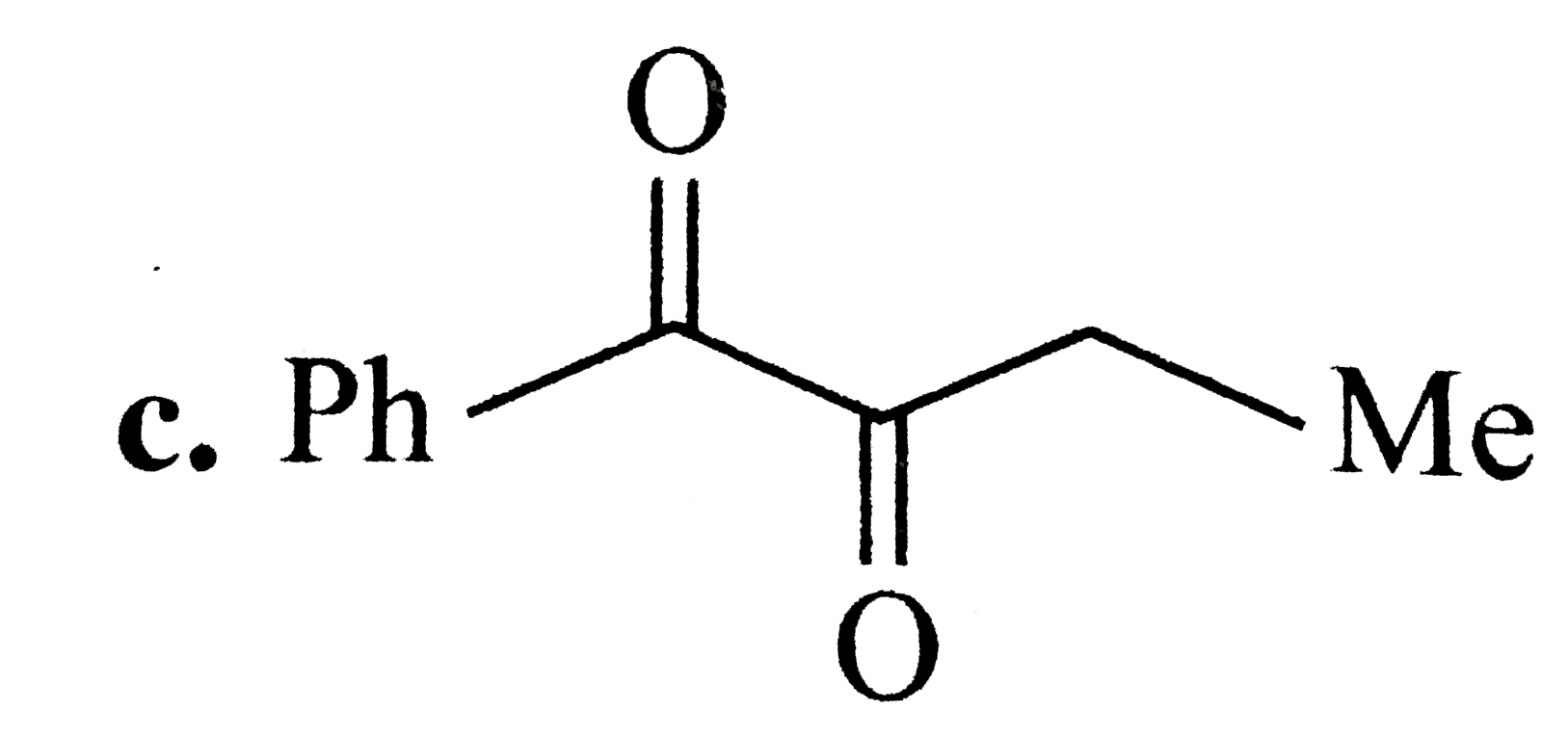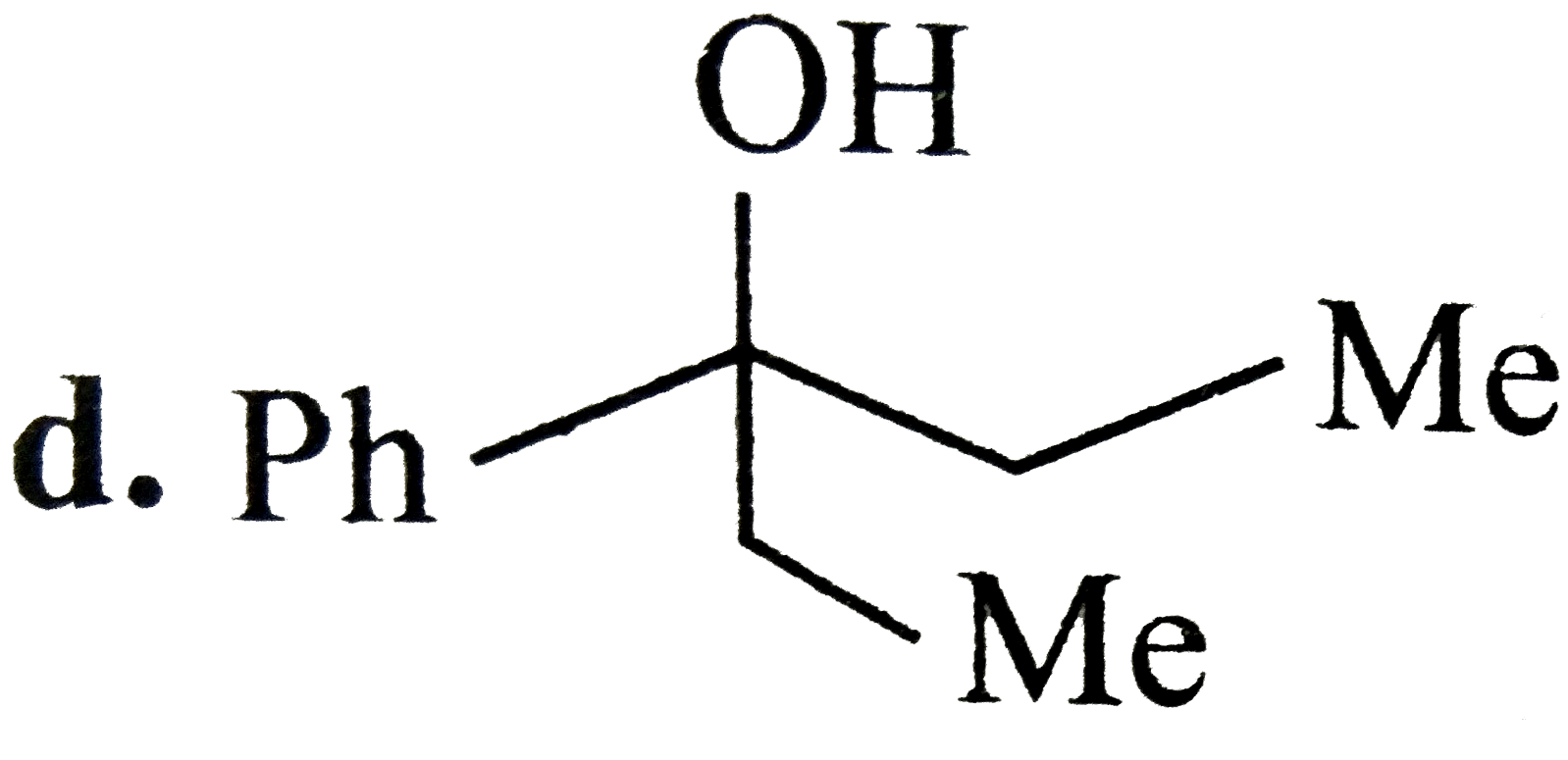A
B
C
D
Text Solution
AI Generated Solution
The correct Answer is:
|
Topper's Solved these Questions
CARBOXYLIC ACIDS AND THEIR DERIVATIVES
OP TANDON|Exercise Integer|4 VideosView PlaylistCARBOXYLIC ACIDS AND THEIR DERIVATIVES
OP TANDON|Exercise Brain storming problems|30 VideosView PlaylistBASIC PRINCIPLES OF ORGANIC COMPOUNDS (MECHANISM OF ORGANIC REACTIONS)
OP TANDON|Exercise SINGLE INTEGER ANSWER TYPE QUESTIONS|4 VideosView PlaylistCHEMICAL KINETICS
OP TANDON|Exercise LINKED COMPRESHENSION TYPE QUESTIONS ( SECTION-VI)|4 VideosView Playlist
Similar Questions
Explore conceptually related problems
Knowledge Check
A
B
C
D
Submit
A
B
C
D
Submit
A
B
C
D
Submit
Similar Questions
Explore conceptually related problems
OP TANDON-CARBOXYLIC ACIDS AND THEIR DERIVATIVES-Objective questions
- Which of the following will not undergo HVZ reaction?
03:50
|
Play - The IUPAC name of caproic acid is:
01:25
|
Play - The reaction of CH(3)MgBr on dry ice followed by acid hydrolysis gives
02:11
|
Playing Now - The acidic character of fatty acids ............ with an increase in m...
03:08
|
Play - Malonic acid on heating gives acetic acid while succinic acid on heati...
02:40
|
Play - Which of the following is the best representation of the structure of ...
01:00
|
Play - Some carboxylic acids and their IUPAC names are given below. Which of ...
02:20
|
Play - Formic acid and formaldehyde can not be distinguished by treating with
04:37
|
Play - Which of the following has the highest boiling point?
01:36
|
Play - Amongst the acids (a) HC= CCOOH.(b) H(2)C=CHCOOH and (c) CH(3) CH(2)CO...
02:09
|
Play - Which of the following compounds is produced when alpha-chloroacetic a...
02:08
|
Play - The compound B is : CH(3)CH(2)COOH overset(Cl(2))underset(red P)rarr...
01:17
|
Play - -OH group in alcohol is neutral, while it is acidic in carboxylic acid...
04:00
|
Play - Acetic acids exists in dimer state in benzene due to
03:01
|
Play - Acetic acid is treated with Ca(OH)(2) and the product so obtained is s...
02:35
|
Play - Which of the following is the strongest acid?
03:33
|
Play - Lower members of aliphatic carboxylic acid are soluble m water. This i...
02:02
|
Play - When sucrose is heated with cone. HNO(3) in presence of V(2)O(5) , the...
03:35
|
Play - Amongst the acids (a) HC= CCOOH.(b) H(2)C=CHCOOH and (c) CH(3) CH(2)CO...
02:09
|
Play - Formic acid
Text Solution
|
Play



